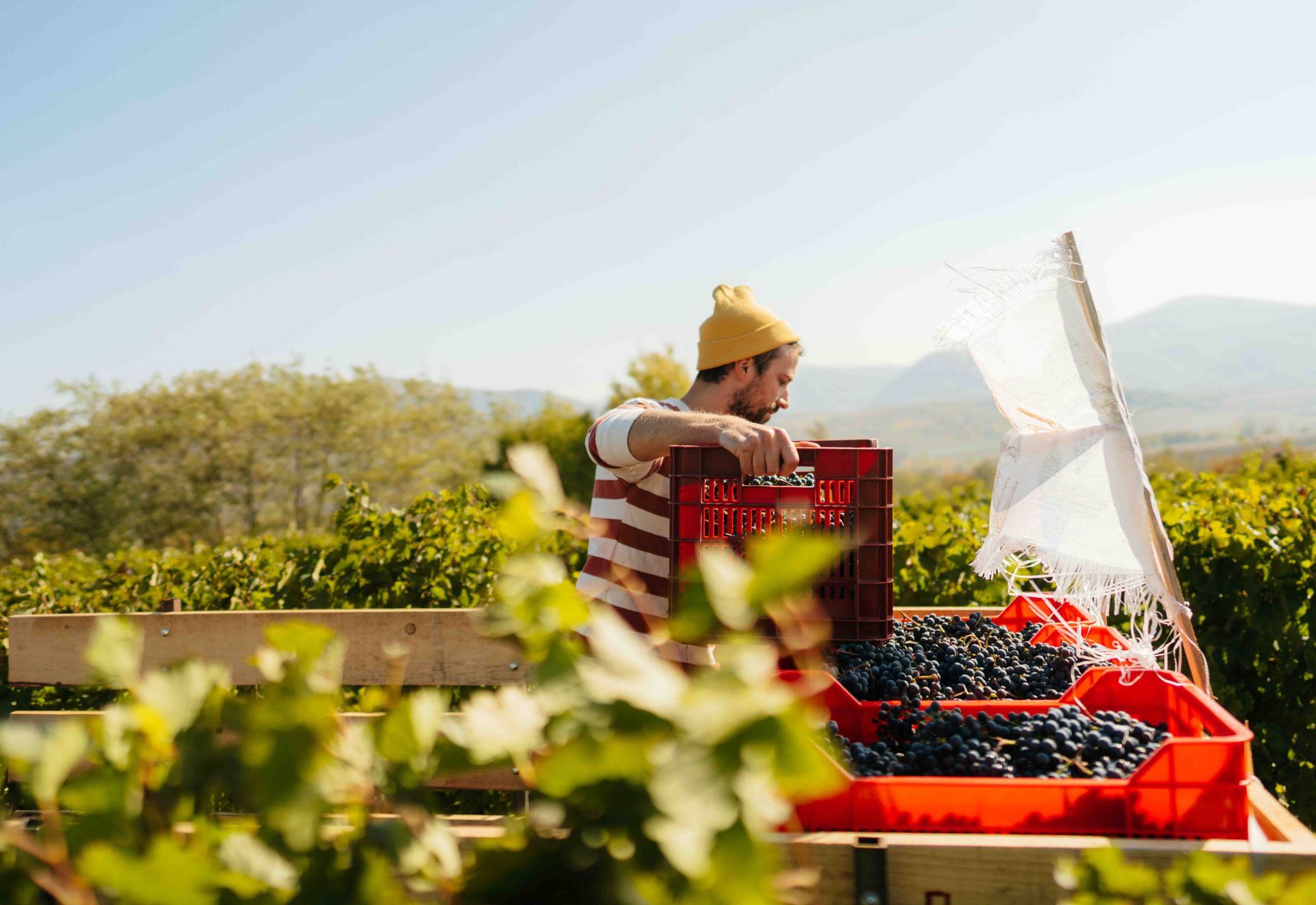With climate change becoming an increasing issue, winemakers are being forced to adopt new measures to combat the hotter, drier weather Australia is facing. Over the last century, the county’s climate has warmed by 1℃, rainfall is less, there are hotter summers, longer heatwaves and bushfires occurring more frequently. All of this has had a dramatic effect on the wine industry, including vineyard performance, pest and disease incidents, wine quality and market competitiveness.
Despite these challenges, the demand for Australian wine both here and overseas continues to grow, with Australian wine exports rising to $2.78 billion , and supporting an estimated 163,000 jobs. Australia’s natural climate variability means wine growers are already adept at responding to change. But in order for the Australian wine industry to continue to flourish into the future, it must continue to find innovative ways to adapt to these changing climate conditions.
Adapting to hotter drier conditions
It is expected that temperatures across all wine regions of Australia will increase by about 3℃ by 2100 , and less frost and more intense heatwaves are expected in many areas.
In some regions, winemakers may be forced to plant vines at higher altitudes, or on south facing slopes to avoid excessive heat. Viticultural practises may also change in varying ways, such as training vines so leaves shade grapes from heat, increasing mulching to retain soil moisture, using different irrigating strategies or implementing canopy management techniques.
Impact on cooler climates
According to the world-first research document, Australia’s Wine Future – A Climate Atlas, even cooler climates aren’t immune to the hotter temperatures that are expected over the coming years.
This research suggests that by 2100, growing conditions on Tasmania’s east coast, for example, will look like those currently found in the Coonawarra region of South Australia – a hotter and drier region where very different wines are produced. That means it may get harder to grow cool-climate styles of varieties such as chardonnay and pinot noir that the region is known for.
For this reason, it is important for winemakers and grape growers to start thinking about the possibility of switching to hotter climate grape varieties and beginning to experiment with these varietals while high-quality cooler climate wines can still be produced.
Wine industry tackling climate change
Not only are employers in the wine industry being forced to adapt to the changing climate, there are many who have chosen to take a proactive stance in helping to reduce their global footprint.
A survey that included 532 Australian wine companies in Victoria, South Australia and Western Australia, found that more than half of respondents had implemented or were in the process of implementing measures to reduce the number of agrichemicals used in their businesses, while three quarters of respondents in Western Australia said they were attempting to save water in their vineyards. Furthermore, many producers were implementing measures that would reduce their greenhouse gas emissions, such as use of alternative energy sources, use of alternative packaging, reducing refrigeration loads and extra plantings of trees and shrubs to act as carbon sinks.
Not only are these measures helping to reduce the effects of climate change that are having a direct impact on their industry, but they are also helping to save money on energy and resources.
Safety precautions for staff
As temperatures rise and bushfires become more commonplace, it is important too for employers within the wine industry to consider strategies to keep their workforce safe , particularly those who work predominantly outside and will be exposed to the elements.
There are a number of ways this can be done, such as holding regular ‘toolbox talks’ with staff to ensure they’re aware of safety procedures, and providing easy access to water and sunshade to reduce the risks of dehydration and illnesses such as sunstroke.
If you are an employer looking for talent within the wine or agriculture industries , contact CozWine today and speak with one of our Consultants.



